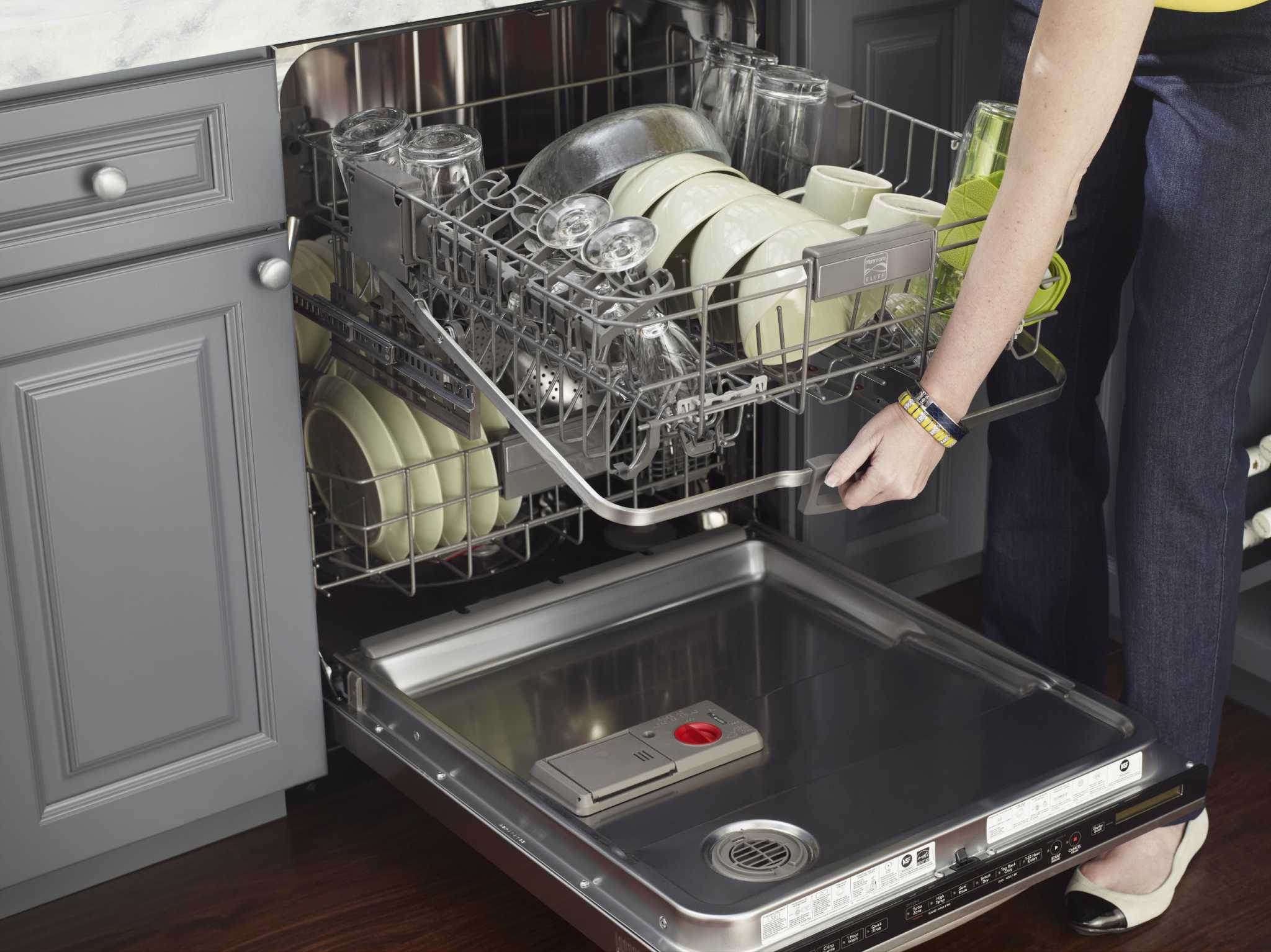

Articles
How To Dispose A Dishwasher
Modified: October 20, 2024
Learn proper dishwasher disposal methods with our informative articles. Safely remove and dispose of your old dishwasher to protect the environment.
(Many of the links in this article redirect to a specific reviewed product. Your purchase of these products through affiliate links helps to generate commission for Storables.com, at no extra cost. Learn more)
Introduction
Disposing of an old dishwasher can be a daunting task if you’re unfamiliar with the process. However, with the right guidance and knowledge, you can navigate through this process smoothly and responsibly. Whether you’re replacing your old dishwasher with a newer model or simply getting rid of it, it’s essential to ensure that it is disposed of properly.
In this article, we will walk you through the step-by-step process of disposing of a dishwasher in a safe and environmentally-friendly manner. We will cover everything from preparing the dishwasher for disposal to determining the best disposal method based on your local regulations. So, let’s dive in!
Key Takeaways:
- Safely dispose of a dishwasher by preparing, disconnecting, removing, and draining it. Consider recycling, donating, or following local regulations for responsible disposal to minimize environmental impact.
- Prioritize safety and environmental responsibility when disposing of a dishwasher. Follow step-by-step preparation, disconnection, removal, and drainage processes. Consider recycling, donating, or adhering to local regulations for responsible disposal.
Read more: How To Dispose Of Chandelier
Step 1: Prepare the dishwasher for disposal
Before you can proceed with the disposal process, it’s important to ensure that the dishwasher is properly prepared. Follow these steps to prepare your dishwasher:
- Empty the dishwasher: Start by removing all dishes, utensils, and any other items from the dishwasher. Make sure it is completely empty before moving forward.
- Clean the dishwasher: Give the interior of the dishwasher a thorough cleaning. Remove any food debris, grease, or stains by using a dishwasher cleaner or a solution of vinegar and water. Wipe down the surfaces with a cloth or sponge for a fresh start.
- Disconnect the dishwasher: Next, you will need to disconnect the dishwasher from its power source and water supply. This step ensures your safety and makes the disposal process easier.
- Turn off the power: Locate the circuit breaker that controls the dishwasher and turn it off. This will prevent any accidental power surges or electrical hazards during the disconnection process.
- Shut off the water supply: Locate the shut-off valve for the dishwasher’s water supply. Turn the valve clockwise to shut off the water flow to the appliance. This step will prevent any leaks or water damage while disconnecting the dishwasher.
By following these steps, you can effectively prepare your dishwasher for disposal, ensuring that it is in the best possible condition for the next stages of the process.
Step 2: Disconnect the dishwasher from power and water supply
Now that you have prepared the dishwasher, it’s time to disconnect it from its power source and water supply. Here’s what you need to do:
- Turn off the power: Double-check that the power to the dishwasher is turned off at the circuit breaker before proceeding. This will ensure your safety during the disconnection process.
- Unplug the dishwasher: Locate the power cord at the back of the dishwasher. Gently pull the plug out from the electrical outlet. If the power cord is hardwired, you may need to turn off the circuit breaker and remove the electrical junction box cover to disconnect the wires.
- Shut off the water supply: Locate the shut-off valve for the dishwasher’s water supply connections. Turn the valve clockwise to shut off the water flow. If your dishwasher is connected to a hot water supply, be cautious as the water may still be hot. Use a wrench if necessary to tighten the shut-off valve and prevent any leaks.
- Disconnect the water supply lines: Use a pair of pliers or an adjustable wrench to loosen the compression nuts on the water supply lines. Carefully detach the water supply lines from the dishwasher’s water inlet valve. Be prepared for some water to drain out, so have a towel or bucket nearby.
- Drain excess water: To prevent any remaining water from leaking during transportation, you can use an absorbent cloth or sponge to soak up any excess water inside the dishwasher. Pay special attention to the bottom of the dishwasher and the drain area.
By following these steps, you can safely disconnect the dishwasher from its power and water supply. This ensures that the appliance is ready to be removed from its installation space without any potential hazards.
Step 3: Remove the dishwasher from its installation space
Once the dishwasher is disconnected from its power and water supply, the next step is to remove it from its installation space. Follow these steps to safely remove the dishwasher:
- Clear the surrounding area: Remove any objects or obstacles around the dishwasher to create a clear pathway for removal. This includes dishes, appliances, or any other items that may be in the way.
- Slide out the dishwasher: Gently pull the dishwasher out from its installation space. Most dishwashers are designed to be easily removable by sliding them out. If the dishwasher is heavy or difficult to move, you may need assistance or furniture sliders to make the process smoother.
- Protect the floor: Place a protective covering, such as a blanket or cardboard, on the floor to prevent any scratches or damage during the removal process. This will also make it easier to slide the dishwasher out without leaving marks.
- Disconnect any remaining attachments: Check for any additional attachments, such as mounting brackets, screws, or brackets that may be securing the dishwasher in place. Use a screwdriver or the appropriate tools to remove these attachments carefully.
- Double-check for any water or electrical connections: Before fully removing the dishwasher, ensure that there are no hidden water or electrical connections. Take a moment to inspect the area behind the dishwasher for any remaining connections that may have been missed.
- Slide and lift the dishwasher: Once you’ve cleared the area and disconnected any remaining attachments, gently slide and lift the dishwasher out of its installation space. Take your time and be mindful of your surroundings to avoid any accidents or damage to the dishwasher or your property.
By following these steps, you can safely and effectively remove the dishwasher from its installation space, making it ready for the next stage of the disposal process.
Step 4: Drain the dishwasher and remove any residual water
After removing the dishwasher from its installation space, it’s important to drain any remaining water and remove any residual moisture. Follow these steps to properly drain the dishwasher:
- Inspect the dishwasher: Take a moment to visually inspect the dishwasher’s interior and look for any signs of standing water or excessive moisture. This may include puddles or water pooling at the bottom of the dishwasher.
- Manually remove excess water: If there is noticeable water in the dishwasher, use a sponge or a towel to soak up any excess moisture. Start from the bottom of the dishwasher and work your way up, ensuring that all remaining water is absorbed.
- Check the drain line: Locate the drain line, usually found at the bottom of the dishwasher. Verify that it is not clogged or obstructed. If there is a blockage, use a pipe cleaner or a small brush to clear any debris.
- Run a drain cycle: Some dishwashers have a drain cycle option. If available, select the drain cycle to help remove any remaining water from the dishwasher. This cycle is specifically designed to pump out water from the dishwasher’s interior.
- Let the dishwasher air dry: Leave the dishwasher open for a period of time, allowing any remaining moisture to evaporate. This can help minimize the risk of mold or unpleasant odors that may occur if moisture is trapped inside.
- Double-check for moisture: Before proceeding with the disposal, double-check the dishwasher’s interior for any signs of residual moisture. Using a clean, dry towel or paper towel, wipe down the interior surfaces to ensure they are dry.
By following these steps, you can effectively drain the dishwasher and remove any residual water, ensuring that it is ready for the next stage of the disposal process.
Before disposing of a dishwasher, make sure to disconnect it from the power and water supply. Contact your local waste management facility to inquire about proper disposal methods, as some parts may be recyclable.
Read more: How To Dispose Of Blender
Step 5: Safely disconnect and remove any attached components
Before proceeding with the disposal of the dishwasher, it’s important to safely disconnect and remove any attached components. Follow these steps to ensure a smooth removal process:
- Check for attached hoses or cords: Inspect the back of the dishwasher for any attached hoses, cords, or other components. These may include drain hoses, electrical cords, or brackets used for stability.
- Disconnect the drain hose: If your dishwasher is connected to a drain hose, locate the clamp or connector that secures it in place. Loosen the clamp or disconnect the connector carefully, allowing you to detach the drain hose from the dishwasher.
- Remove the electrical connections: If the dishwasher has a removable electrical junction box cover, remove it to access the electrical connections. Be sure to turn off the circuit breaker before handling any electrical components. Disconnect the electrical wires by unscrewing the wire nuts or disconnecting the connectors.
- Detach any brackets or screws: Look for any brackets or screws that may be securing the dishwasher to the surrounding cabinets or countertop. Carefully remove these attachments using the appropriate tools, such as a screwdriver or drill.
- Label and organize components: As you remove the attached components, it’s a good idea to label and organize them. This will make reinstallation or potential recycling easier in the future. Use adhesive labels or a marker to clearly identify each component.
By following these steps, you can safely disconnect and remove any attached components from the dishwasher, ensuring a smooth removal process while keeping the components organized for potential future use or recycling.
Step 6: Determine the disposal method
Once you have prepared the dishwasher for disposal and disconnected all attached components, it’s time to determine the best disposal method. Consider the following options:
- Local waste management services: Check with your local waste management services to see if they provide pick-up or drop-off options for large appliances. They may have specific guidelines or requirements for the disposal of dishwashers.
- Appliance retailers or manufacturers: Some appliance retailers or manufacturers offer recycling or disposal programs for old appliances. Contact them to inquire about any available options and whether they can assist with the removal and proper disposal of your dishwasher.
- Scrap metal recycling centers: Dishwashers are often made of valuable materials such as stainless steel. Find a local scrap metal recycling center that accepts large appliances. They may even pay you for the metal components of the dishwasher.
- Junk removal services: Consider hiring a junk removal service to handle the disposal for you. These services specialize in the removal and responsible disposal of unwanted items, including large appliances like dishwashers.
- Donation or resale: If your dishwasher is still in working condition, consider donating it to a local charity or selling it second-hand. Many charities and individuals are in need of functioning appliances and would appreciate the opportunity to give your dishwasher a new life.
Each disposal method has its own advantages and considerations. Take into account factors such as convenience, environmental impact, and any associated costs when determining the best disposal method for your dishwasher.
Remember to research and comply with any local regulations regarding the disposal of large appliances. Some areas may have specific guidelines or require you to follow certain procedures for safe and responsible disposal.
Step 7: Dispose of the dishwasher according to local regulations
When it comes to disposing of a dishwasher, it’s important to adhere to the specific regulations and guidelines set by your local authorities. Follow these steps to ensure you are disposing of the dishwasher in compliance with local regulations:
- Research local regulations: Start by researching the local regulations regarding the disposal of large appliances. Check with your municipality or local waste management agency to understand any specific requirements or restrictions.
- Follow disposal guidelines: Familiarize yourself with the disposal guidelines provided by your local authorities. These guidelines may include instructions on certain disposal procedures, recycling programs, or designated disposal facilities.
- Arrange for pickup or drop-off: Determine if there are any specific pickup or drop-off services available for large appliances like dishwashers in your area. Some municipalities or waste management agencies provide scheduled pickup services or have designated recycling centers.
- Package the dishwasher appropriately: If you are required to transport the dishwasher to a recycling center or disposal facility, ensure it is properly packaged for safe transport. This may include wrapping the dishwasher with thick blankets or using straps to secure it in a truck or vehicle.
- Schedule the disposal: If you need to schedule a pickup or drop-off, contact the appropriate local authority or waste management agency to make the necessary arrangements. Verify the date, time, and any specific requirements for the disposal process.
- Ensure proper documentation: In some cases, you may be required to provide documentation or proof of disposal. Make sure to obtain any necessary paperwork, receipts, or certificates that verify the proper disposal of your dishwasher.
By following these steps and adhering to local regulations, you can dispose of your dishwasher in a responsible and compliant manner, minimizing any potential negative impact on the environment and surrounding communities.
Step 8: Consider recycling or donating options
Before finalizing the disposal of your dishwasher, it’s worth considering recycling or donating options. By doing so, you can contribute to environmental sustainability and help someone in need. Follow these steps to explore recycling or donation possibilities:
- Check for recycling programs: Research local recycling programs that accept large appliances. These programs often specialize in the proper dismantling and recycling of appliances, ensuring that valuable materials are reused and hazardous components are disposed of safely.
- Contact recycling centers: Reach out to local recycling centers or scrap metal yards to inquire about their acceptance of dishwashers. These facilities may have specific recycling processes in place and can advise you on how to properly prepare and transport the dishwasher for recycling.
- Explore manufacturer recycling programs: Many appliance manufacturers have initiatives in place to promote the recycling of their products. Contact the manufacturer of your dishwasher to check if they offer a recycling program or can direct you to a certified recycling facility.
- Consider donation options: If your dishwasher is still in working condition, consider donating it to a charitable organization or a community center. These organizations often have programs in place to provide appliances to individuals or families in need. Make sure to confirm the donation requirements and preferred methods of delivery.
- Explore resale options: If you’re unable to donate the dishwasher, consider selling it second-hand. Online platforms, classified ads, or local appliance stores might offer opportunities to find a new owner for your dishwasher. Be honest about the condition of the appliance and consider offering a fair price or accepting reasonable offers.
By exploring recycling or donation options, you can give your dishwasher a second life and contribute to a more sustainable future. Not only will you divert waste from landfills, but you may also provide an affordable appliance option for someone else.
Remember to properly clean and prepare the dishwasher for recycling or donation. Remove any personal belongings, thoroughly clean the interior, and follow any instructions provided by the recycling or donation program to ensure a smooth process.
By carefully considering these recycling or donating options, you can make a positive impact on both the environment and your community.
Read more: How To Dispose Of Refrigerator
Conclusion
Disposing of a dishwasher may seem like a challenging task, but with the right knowledge and approach, it can be done smoothly and responsibly. By following the step-by-step process outlined in this article, you can ensure that your dishwasher is prepared for disposal, disconnected from power and water supply, removed from its installation space, and properly drained.
It is crucial to determine the best disposal method based on local regulations and guidelines. Research recycling programs, contact local waste management services, explore donation options, or consider selling the dishwasher second-hand. By doing so, you can contribute to environmental sustainability and potentially provide assistance to someone in need.
Remember to always prioritize safety during the process. Turn off the power and disconnect the dishwasher from the water supply before attempting any disconnection or removal. Take appropriate precautions when handling electrical components and be mindful of sharp edges or heavy parts.
Lastly, ensure that you comply with local regulations and guidelines for proper disposal of large appliances. Research the regulations specific to your area, schedule pickups or drop-offs, and obtain any necessary documentation to verify the proper disposal of your dishwasher.
By following these steps and considering recycling or donation options, you can take responsible actions towards disposing of your dishwasher while minimizing its impact on the environment.
Remember, the proper disposal of appliances is not only important for our immediate surroundings but also plays a role in creating a sustainable future for generations to come.
Frequently Asked Questions about How To Dispose A Dishwasher
Was this page helpful?
At Storables.com, we guarantee accurate and reliable information. Our content, validated by Expert Board Contributors, is crafted following stringent Editorial Policies. We're committed to providing you with well-researched, expert-backed insights for all your informational needs.
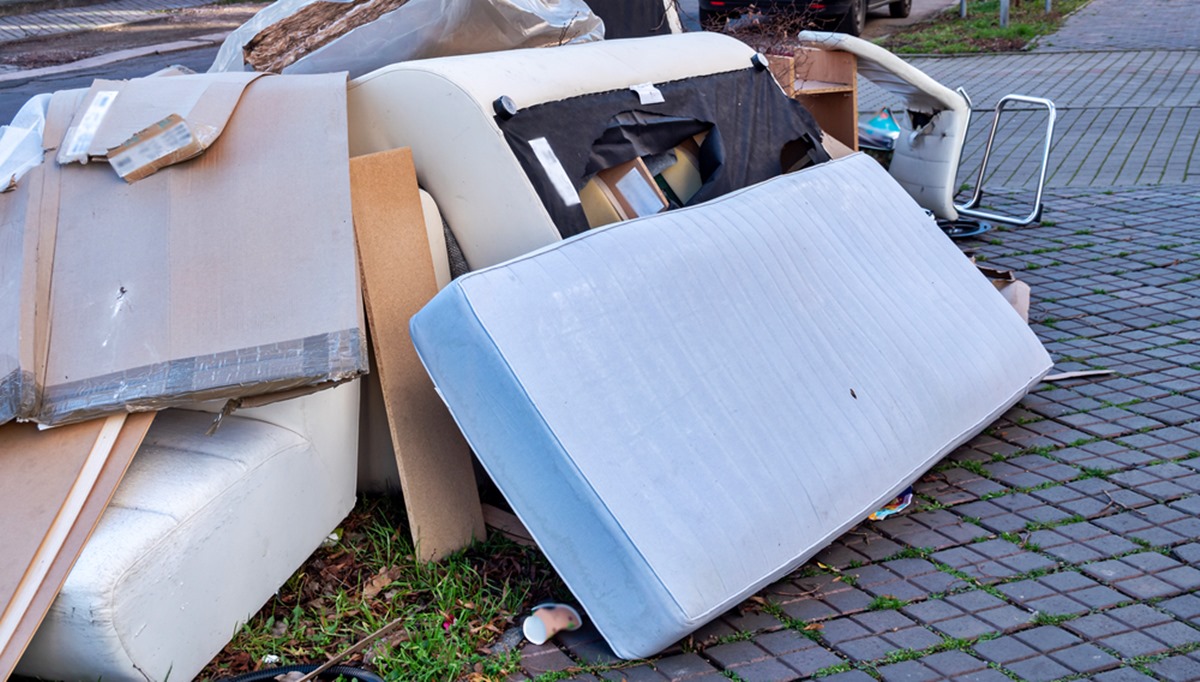

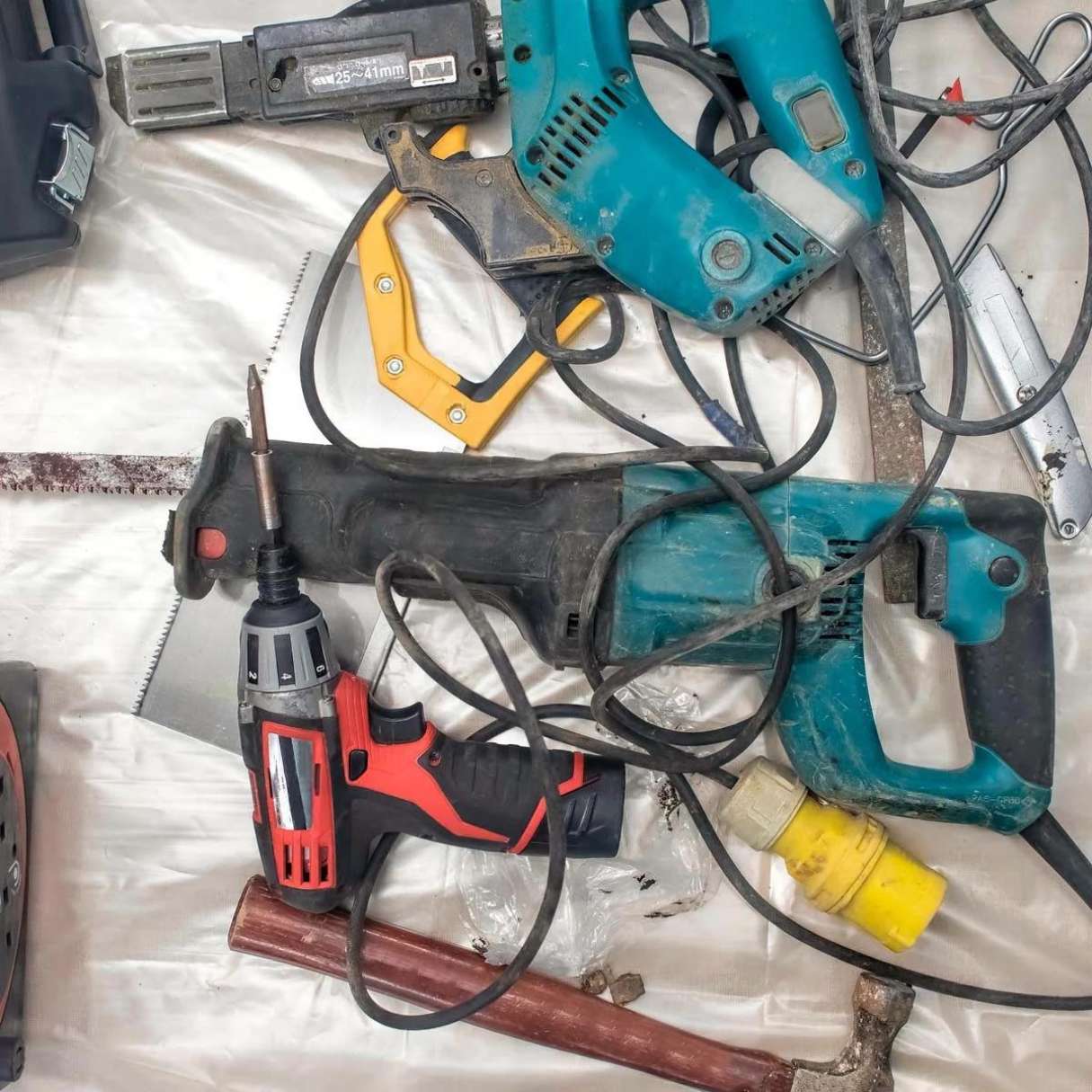



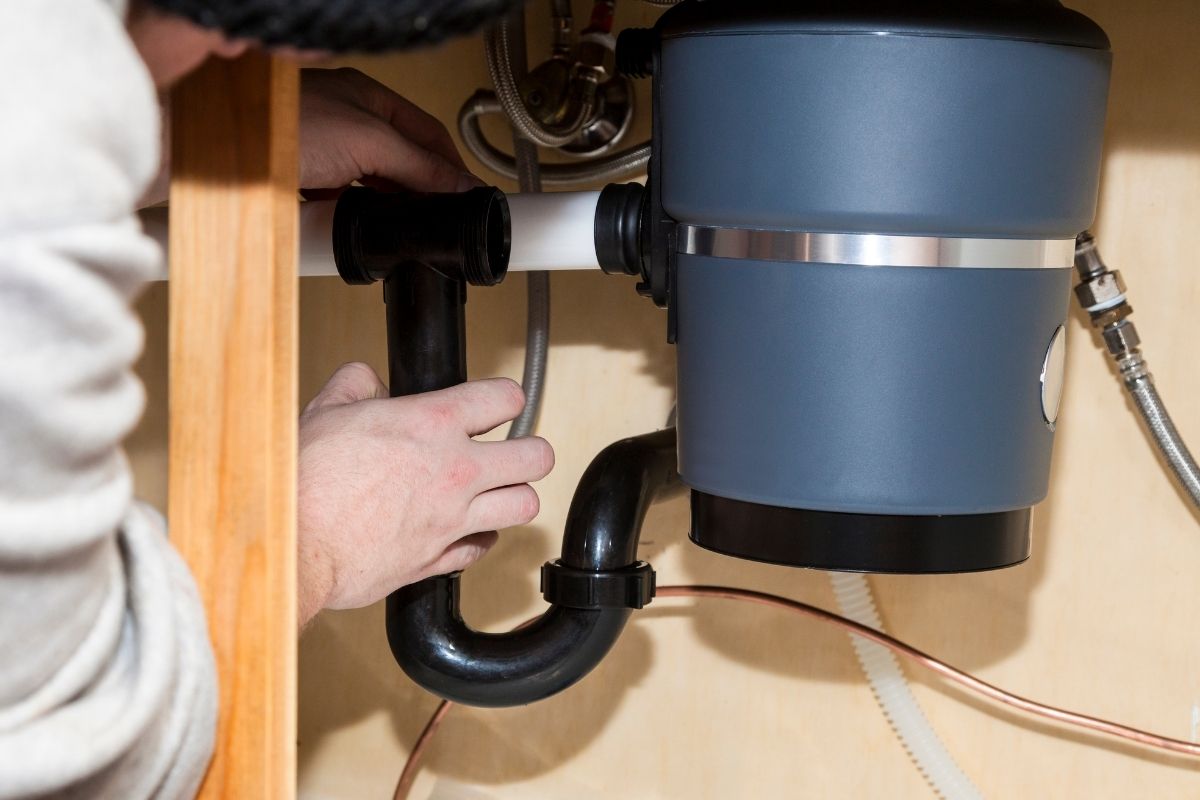
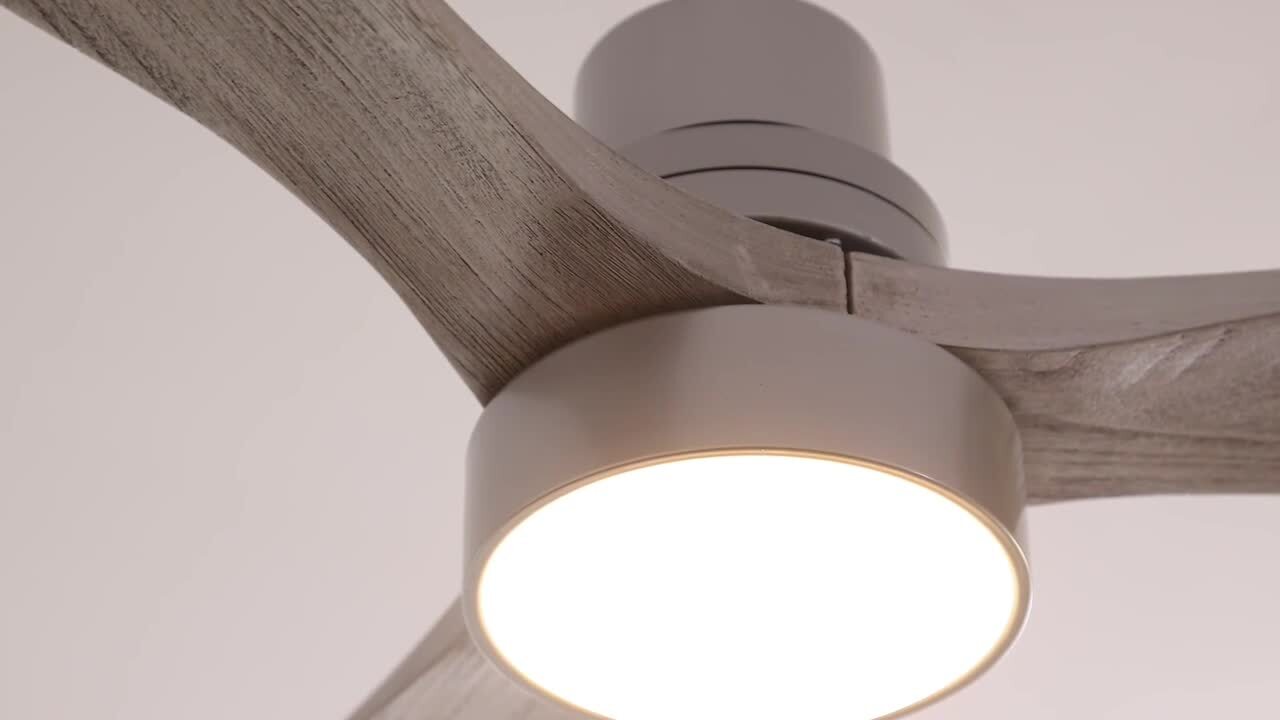

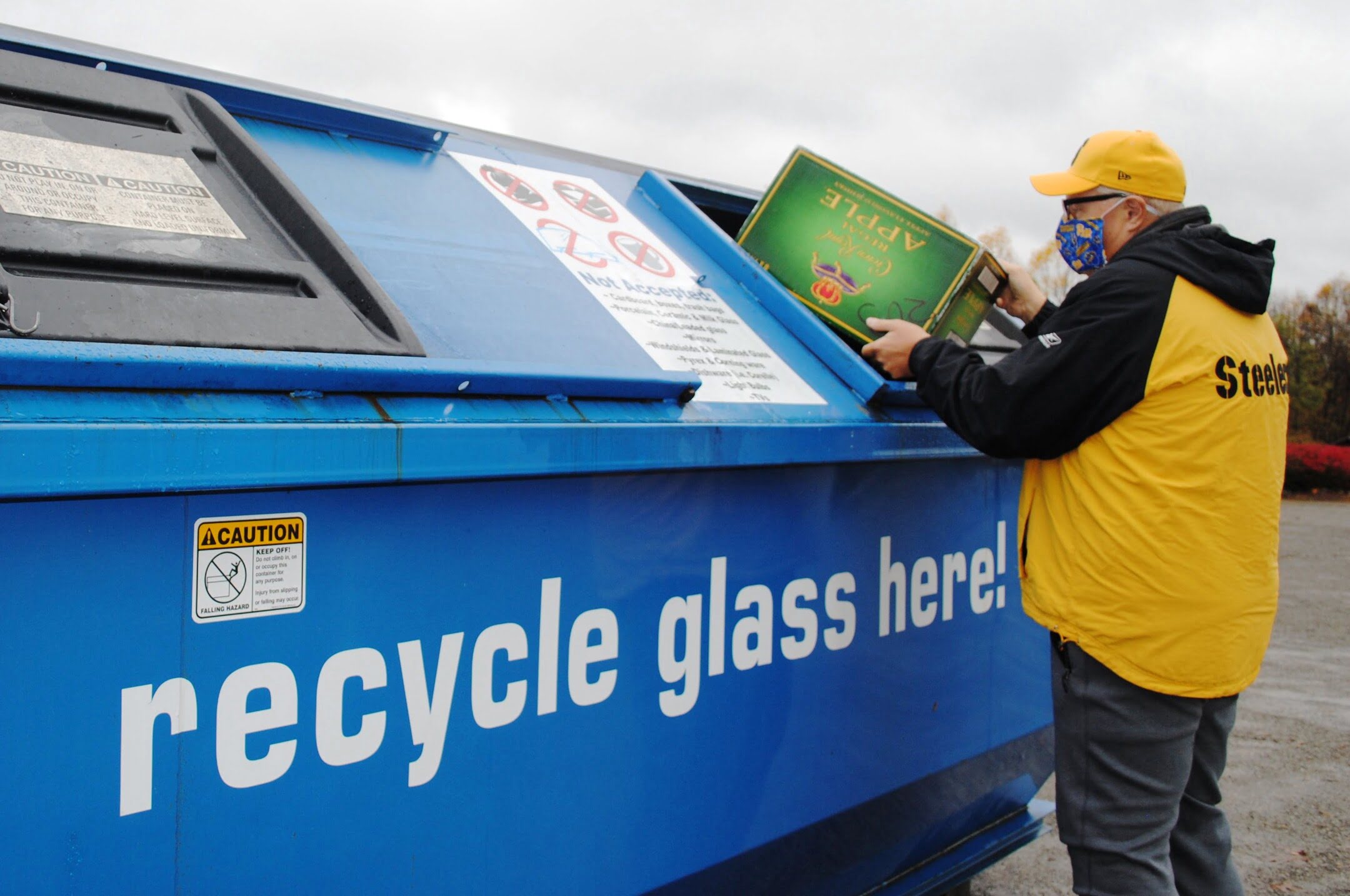
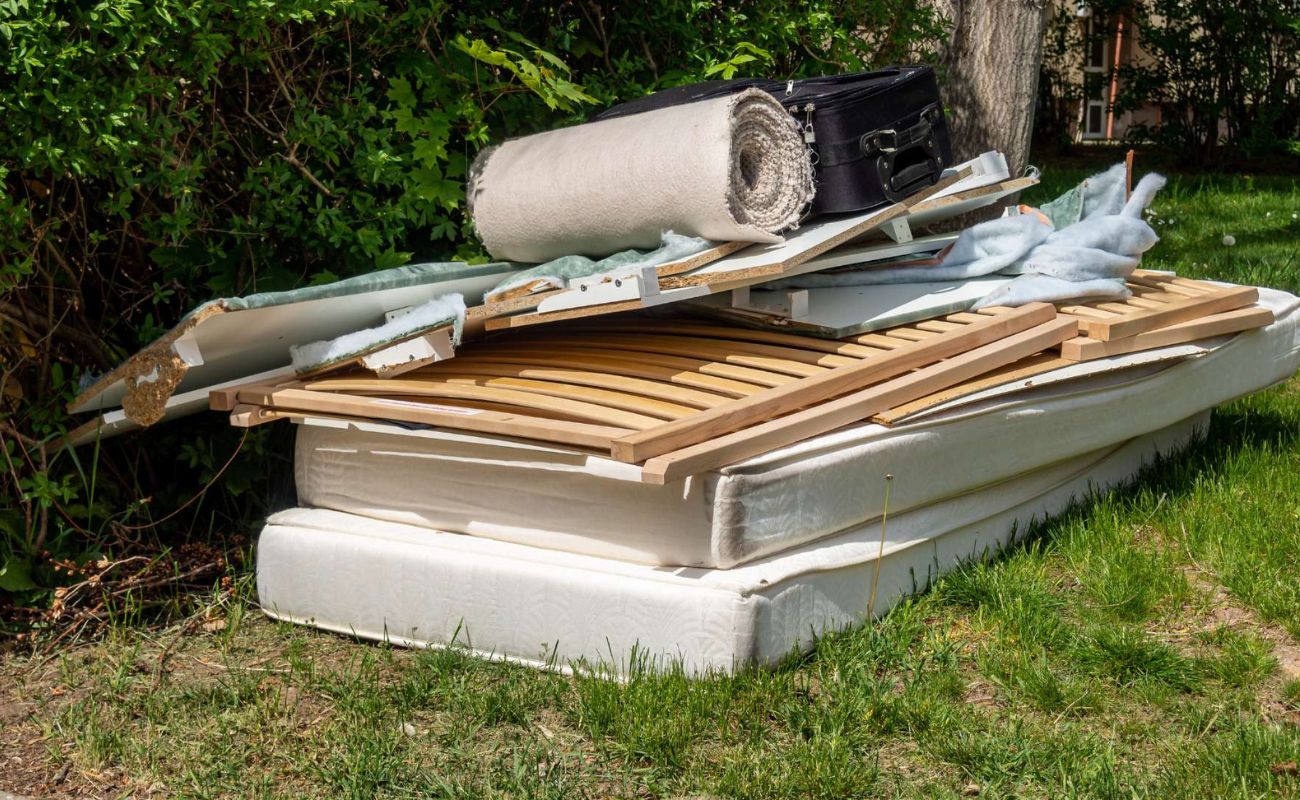
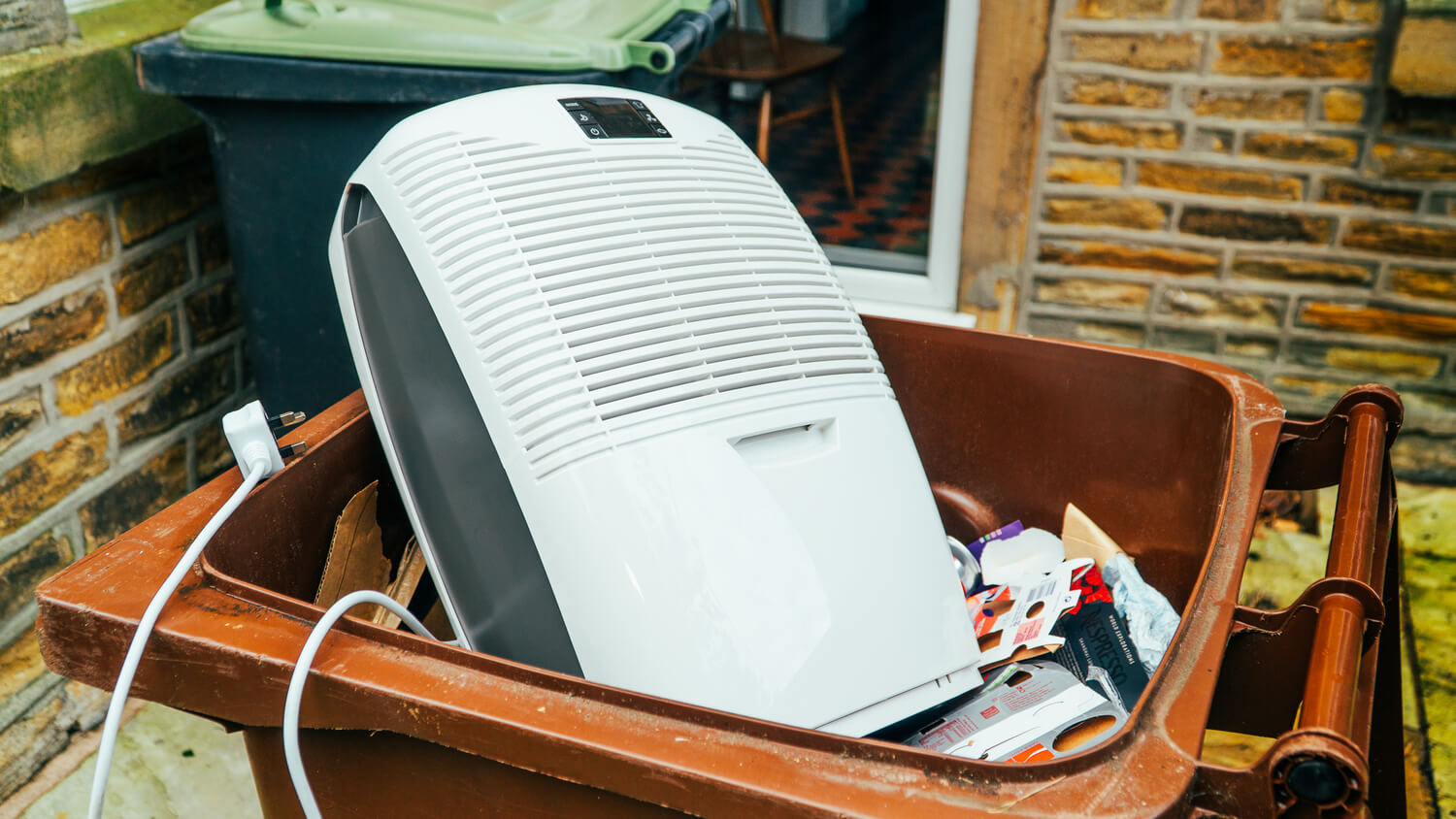


0 thoughts on “How To Dispose A Dishwasher”